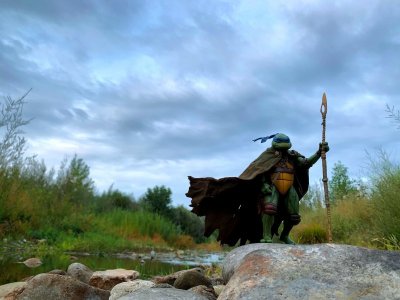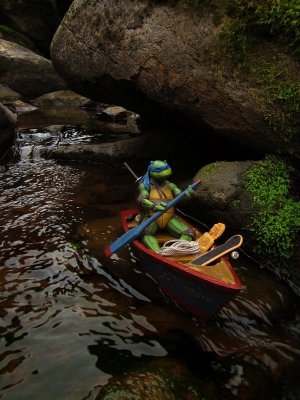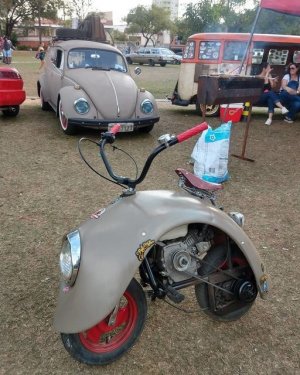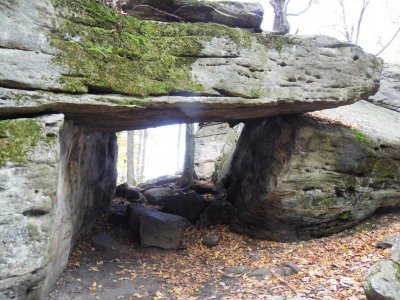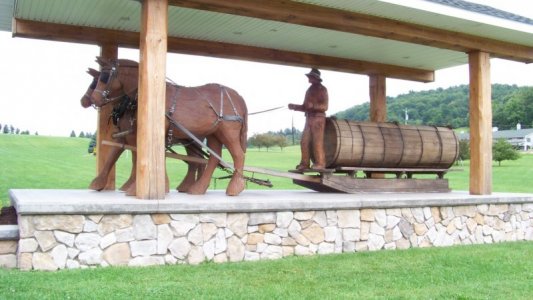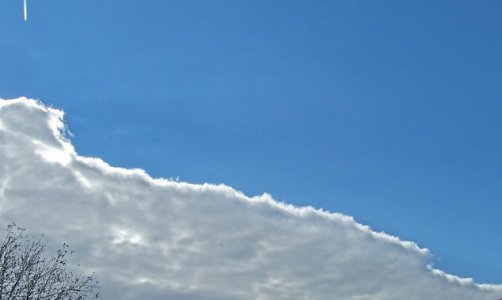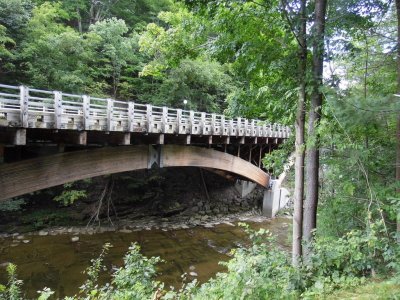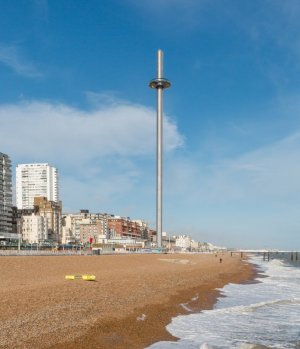JonDouglas
Senior Member
- Location
- New England
Quite Unusual: Planes are not strange or unusual but what about a bunch of planes parked along a busy street many miles away from any airport?

This one was a puzzler. Who did they belong to? Why were they there? How did they get there? Never did find out. After sitting there for years, one day they were gone

This one was a puzzler. Who did they belong to? Why were they there? How did they get there? Never did find out. After sitting there for years, one day they were gone



